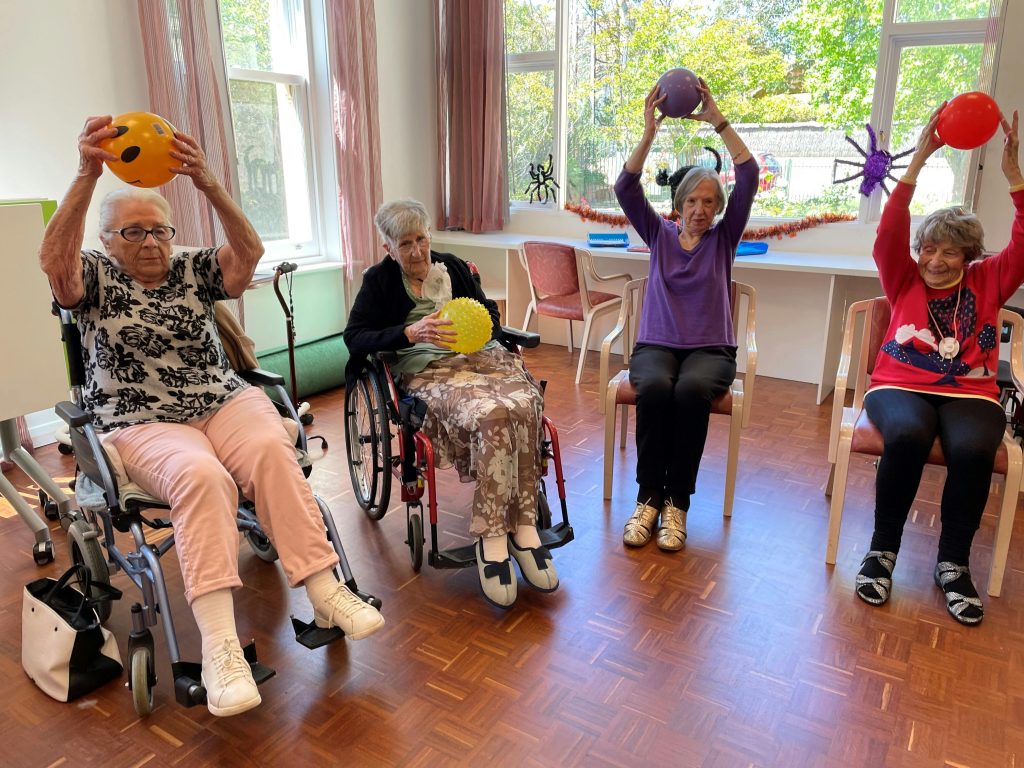In assisted living facilities, providing engaging outing activities for residents is essential for promoting social interaction, physical well-being, and overall quality of life. These outings not only offer residents the opportunity to explore the world beyond the facility but also foster a sense of independence and joy.
I. Understanding the Importance of Outing Activities
A. Social Engagement and Interaction
Outing activities serve as invaluable opportunities for assisted living residents to socialize with peers, staff members, and members of the community. These interactions promote a sense of belonging and connection, reducing feelings of isolation and loneliness.
B. Physical and Mental Stimulation
Engaging in outdoor activities promotes physical health and mobility among residents. Exposure to nature and new environments can also stimulate cognitive function, improve mood, and enhance overall mental well-being.
C. Quality of Life Enhancement
Outings offer residents the chance to break away from routine and experience new sights, sounds, and experiences. This variety contributes to a higher quality of life, fostering a sense of adventure, purpose, and fulfillment.
II. Planning Successful Outing Activities
A. Assessing Resident Preferences and Abilities
Before planning outings, it’s crucial to understand the interests, preferences, and physical capabilities of the residents. Conduct surveys, hold resident meetings, and consult with family members to gather insights and ensure inclusivity.
B. Safety and Accessibility Considerations
When selecting outing destinations and activities, prioritize safety and accessibility for all residents. Ensure that venues are wheelchair-friendly, provide adequate seating and rest areas, and offer amenities such as accessible restrooms.
C. Staff Training and Preparation
Equip staff members with the necessary training and resources to facilitate outings effectively. Training should include topics such as emergency procedures, communication strategies, and resident supervision protocols.
III. Ideas for Outing Activities
A. Nature Walks and Park Visits
Description: Take residents on leisurely strolls through local parks, botanical gardens, or nature trails.
Benefits:
- Exposure to nature’s beauty and tranquility
- Opportunities for birdwatching, flower appreciation, and nature photography
B. Cultural Excursions
Description: Organize visits to museums, art galleries, historical sites, or cultural events in the community.
Benefits:
- Stimulating cultural experiences and learning opportunities
- Engagement with local history, art, and heritage
C. Dining Out
Description: Arrange group outings to restaurants, cafes, or diners for meals or social gatherings.
Benefits:
- Enjoyment of diverse cuisines and culinary experiences
- Socializing with fellow residents and community members
D. Shopping Trips
Description: Coordinate outings to shopping centers, farmers’ markets, or specialty stores for shopping and browsing.
Benefits:
- Independence and empowerment in decision-making and purchases
- Engagement with the local community and retail environment
E. Recreational Activities
Description: Plan recreational outings such as picnics, fishing trips, or boat rides for outdoor enjoyment.
Benefits:
- Physical activity and enjoyment of the outdoors
- Opportunities for relaxation and leisure
F. Community Events
Description: Attend community festivals, concerts, or fairs to experience local culture and entertainment.
Benefits:
- Immersion in community life and spirit
- Participation in festive celebrations and activities
IV. Implementing Successful Outing Programs
A. Regular Scheduling and Variety
Maintain a regular schedule of outing activities to provide residents with consistent opportunities for engagement and stimulation. Rotate between different types of outings to offer variety and cater to diverse interests.
B. Resident Feedback and Evaluation
Encourage resident feedback and participation in outing planning processes. Solicit input on preferred destinations, activities, and scheduling to ensure outings are tailored to resident preferences.
C. Transportation and Logistics
Arrange reliable transportation services and coordinate logistical details such as meal arrangements, restroom access, and weather considerations. Ensure clear communication with residents and staff regarding outing schedules and expectations.
V. Conclusion
In conclusion, outing activities play a vital role in enhancing the lives of assisted living residents, promoting socialization, physical activity, and overall well-being. By prioritizing resident preferences, safety, and engagement, facilities can create meaningful and enjoyable outing experiences that contribute to a fulfilling and enriching senior living environment. Implementing diverse outing programs not only enriches the lives of residents but also fosters a vibrant and inclusive community where every individual can thrive.



